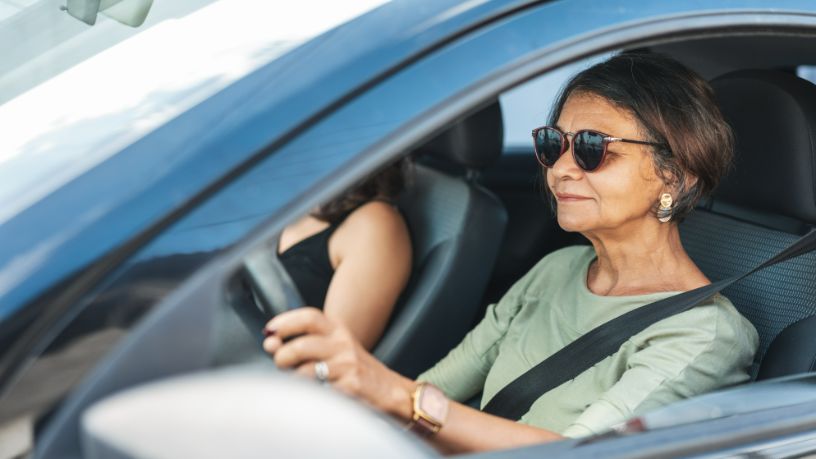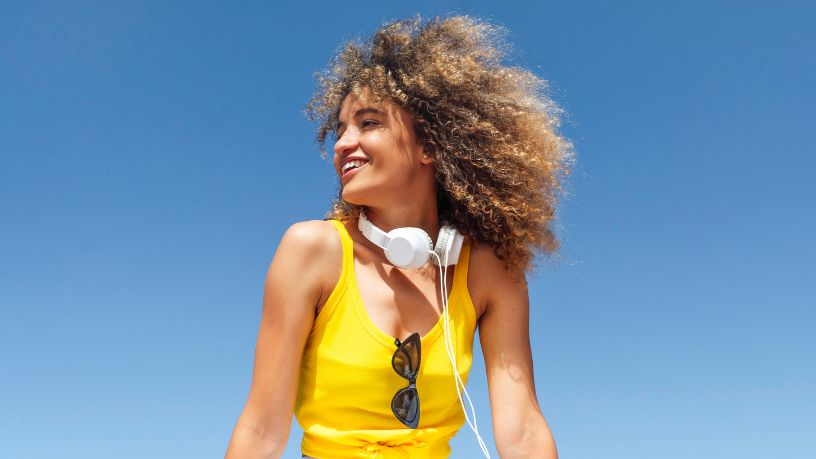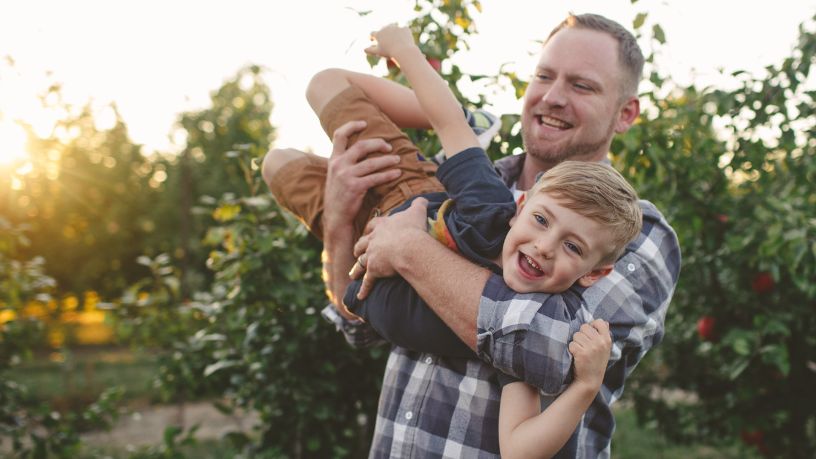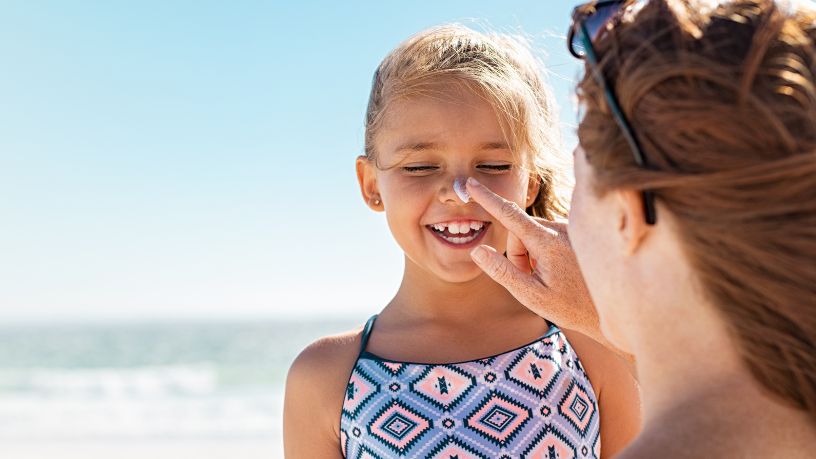Tanning culture is widespread in Australia, but the evidence strongly suggests sunbaking increases your risk of skin cancer.
On this page
Key takeaways
Young Australians are particularly at risk of UV damage.
Discover the worrying consequences of sunbathing culture, plus how you can change your attitude towards sun safety.
Australians love the sunshine. But with higher-than-average UV levels comes the highest rate of skin cancer in the world.
Around 2 out of 3 Australians will develop skin cancer at some point in their lives, and melanoma is the most commonly diagnosed cancer for Australians aged between 15 and 29.1
Despite this, new research reveals that more than 2 million Aussies suntanned in 2023.2
What’s more, 74% of young Australians believe their risk of getting skin cancer is unlikely. And one in 3 think that it's fine to suntan, with fewer than one in 10 consistently practicing sun safety.3
Understanding the Australian sun
Skin cancer occurs when cells in your skin are damaged, mostly via ultraviolet (UV) rays from the sun.
“UV radiation is thought to be responsible for over 95% of skin cancers in Australia,”4 says Professor Anne Cust, Chair of Cancer Council’s National Skin Cancer Committee.
Australia experiences among the highest UV levels in the world. They’re so strong, in fact, that as little as 11 minutes may be all you need to burn on a summer day.5
The UV index measures the level of UV radiation. The scale is broken into:5
- 1 to 2: Low
- 3 to 5: Moderate
- 6 to 7: High
- 8 to 10: Very high
- 11 and above: Extreme.
“Our UV index in summer in most parts of Australia is above 10,” warns Professor Cust, adding that in Europe, the UV index usually doesn’t exceed 8.
“We've got a predominantly fair-skinned population [and] we just have a much more intense exposure to ultraviolet radiation.”
Sunbathing in Australia
Being outdoors and enjoying nature is a big part of Australian life. But it’s also what makes us more vulnerable to the dangers of the sun.
Unfortunately, only half of Australians adequately protect themselves against the sun during peak UV times, according to the 2024 Cancer Council-funded Australian Bureau of Statistics study, which looked at sun safety practices among more than 8,500 Australians.
This trend is especially troubling among younger Aussies, who appear to be most at risk.
“Australians aged 15 to 24 years were less likely to use adequate sun protection when outdoors compared to older groups,” says Professor Cust, pointing to the 2024 study.
The study also revealed that one in 5 young Australians actively suntanned over the year the study covered, and that only 2 out of 5 Australians use sunscreen on high-UV days.2
“Those statistics suggest that there's an underestimation of risk by many Australians.”
How to be sun smart
So, how can you enjoy the Aussie sunshine without putting yourself at risk of skin cancer?
For Professor Cust, the first, all-important place to start is to change your attitude towards sunbathing.
“Intentional tanning is never safe,” she warns.
“That doesn't mean you shouldn't go outside and spend time at the beach. But if you're at the beach or out doing leisure activities in the sun, we recommend that you use as many forms of sun protection as possible.”
You may be familiar with the Cancer Council’s stalwart ‘slip, slop, slap’ advertising campaign, but did you know it’s had a facelift? To be sun smart in the 21st century, Cancer Council now recommends 5 sun-safety S’s on days when the UV index is 3 or above:6
- Slip: on sun-protecting clothing.
- Slop: on broad-spectrum, water-resistant SPF50 or SPF50+ sunscreen.
- Slap: on a broad-brimmed hat.
- Seek: shade from the sun.
- Slide: on a pair of sunglasses.
“And then if you can also adjust the time of day that you go outside to make it later in the afternoon or earlier in the morning, it’s better because you get less UV radiation,” Professor Cust adds.
Changing the culture
Professor Cust believes that in order to reverse some of the worrying trends around skin cancer and sun safety in Australia, the culture needs to change. Particularly among young Australians.
To start, we need to stop glamourising tanning in order to “change attitudes for younger people who are very much driven by peer pressure and advertising,” she says. “Which can be difficult.”
It's not glamorous. It’s actually causing long-term damage.
As well as following the 5 S’s, Professor Cust also recommends creating new habits around sun safety that you can make a part of your everyday life.
“There's now apps which tell you what the UV is, in real time in different parts of Australia and the world,” she says.
You can also apply your sunscreen on high-UV mornings right after you’ve brushed your teeth, “So that if you're incidentally exposed to the sun during the day, you've got that base level of protection”.
“It's good to get into the habit of applying it every day. And if you think you're going outside that day, it's good to get into the habit of just putting it on,” Professor Cust adds.
Resources
Download Cancer Council’s SunSmart Global UV app to access real-time and forecasted UV levels across Australia and the world.

At Bupa, trust is everything
Our health and wellbeing information is regularly reviewed and maintained by a team of healthcare experts, to ensure its relevancy and accuracy. Everyone's health journey is unique and health outcomes vary from person to person.
This content is not a replacement for personalised and specific medical, healthcare, or other professional advice. If you have concerns about your health, see your doctor or other health professional.
1Cancer Council. (2023). Skin cancer incidence and mortality. Cancer Council.
2Cancer Council. (2024). Concerning new data shows almost half of Australians aren’t using adequate sun protection [media release]. Cancer Council.
3Australian Government, Ministers Department of Health and Aged Care. (2024). Breaking Australia's suntanning obsession [media release]. Australian Government.
4Cancer Council NSW. (2024). About skin cancer. Cancer Council NSW.
5Cancer Council. (2024). UV Index. Cancer Council.
6Cancer Council. (2024). Preventing skin cancer. Cancer Council.
You might also like...
Skin cancer: Understanding the main types
Skin cancer is the third most common cancer in Australia, but it can be treated if caught early on. Learn about the main types, plus how you can stay safe in the sun.
Your guide to sunscreen and SPF
You may know that sunscreen provides protection from the sun, but have you ever wondered how it works? Figure out which sunscreen is right for you.
Sunburn: Everything you need to know
The occasional sunburn might seem like an everyday part of Australian life, but do you know how much damage it could be doing to your skin and your health?
A pro guide to applying sunscreen
You probably know that sunscreen can protect you from the dangers of the sun, but are you applying it correctly?





